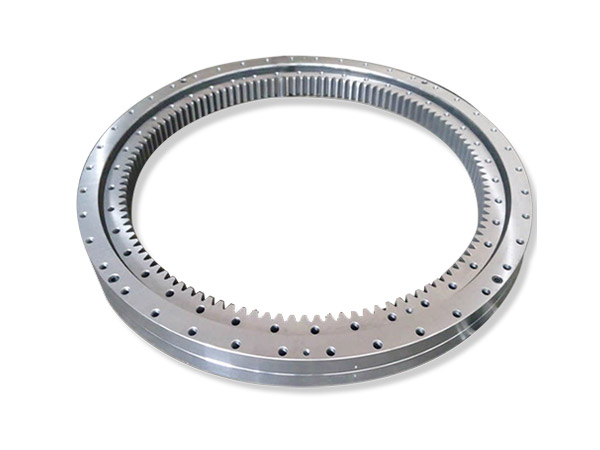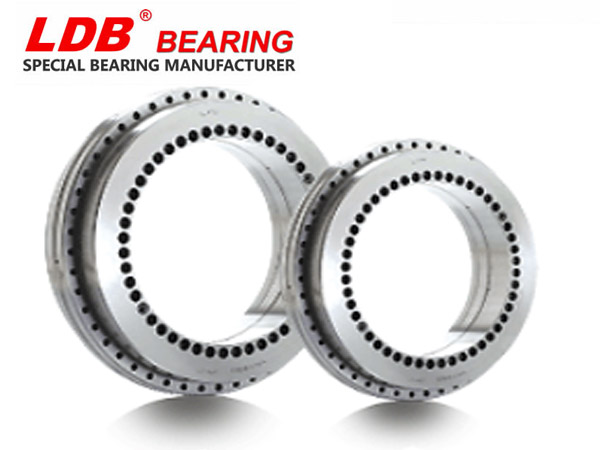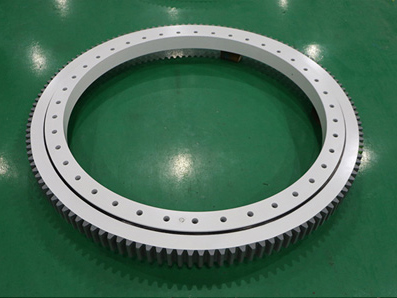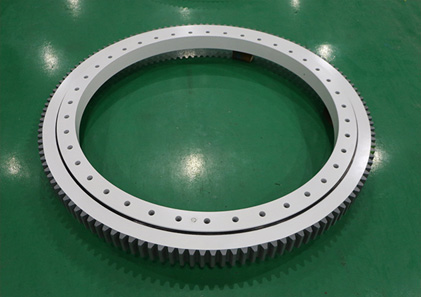What are the repair processes for slewing bearings?
The slewing bearing is also called the slewing ring. It is a new type of mechanical parts. It is composed of inner and outer rings, rolling elements, etc. The slewing ring is a large-scale bearing that can withstand comprehensive loads, and can withstand larger axial and diameter at the same time. Bearing for load and overturning moment.
Generally, it is widely used in industry, and the effect of use is very good. The application of slewing bearings is special, and it must be operated under continuous shock, vibration, and overload. Therefore, the control of production technical parameters in the product manufacturing process is also It is more rigorous, with high bonding strength, no shedding, no hard spots, high surface finish, and adjustable hardness. However, damage is still inevitable, which requires special repair techniques to ensure the flexibility of the later application of the slewing ring.
Repair process of slewing bearing

1. Low temperature iron plating method
Low-temperature iron plating is a commonly used method for repairing shaft parts in the industry, and it has a long history of application in other mechanical maintenance industries. Low-temperature iron plating is an electroplating technology with a fast iron plating speed. The one-time iron plating has a large thickness, a relatively mature process and high production efficiency. It is suitable for repairing the surface of agricultural machinery transmission shafts or parts.
2. Thermal spraying method
Thermal spraying method mainly uses high-speed airflow to spray molten metal material on the surface of partially worn parts, and then the size can be restored after processing. Thermal spraying technology includes many methods such as flame spraying, electric spraying and plasma spraying. The additional materials for spraying are often better than the raw materials, so after the slewing bearing is repaired, the parts in terms of wear resistance and corrosion resistance have been greatly improved.

3. Surfacing method
The surfacing method is to use the welding process to surfacing a layer of welding material on the worn parts of the part, and then restore the original matching size of the part through mechanical processing. The surfacing process can achieve different material repair effects through the selection of welding rods or wires. The process has the advantages of high material strength after repair and faster repair speed, and is suitable for repairing parts with greater wear.
The performance of the correctly repaired bearing is equivalent to that of the new bearing, and all parameters such as clearance can meet the requirements of use. It is important to understand and identify the degree of damage to choose the correct repair plan. Bearing repair requires long-term technical accumulation and comprehensive basic data storage. Professionally trained personnel can judge whether the bearing needs to be repaired. Timely routine inspections, preventive maintenance and vibration analysis can grasp the appropriate repair time in time, so as to help companies economically repair damaged bearings.


